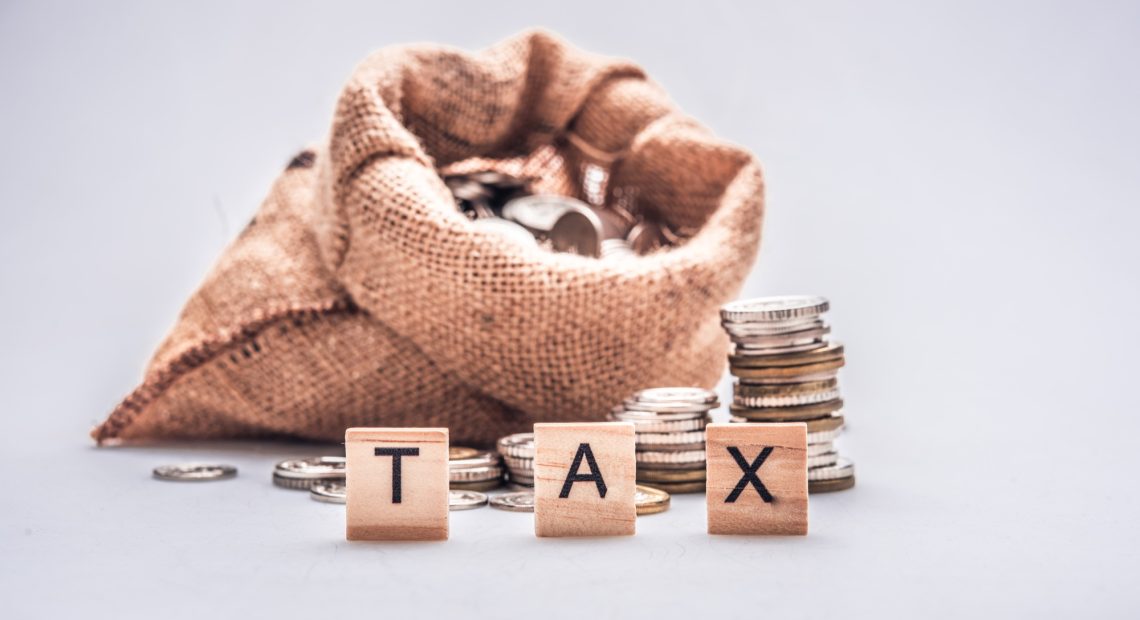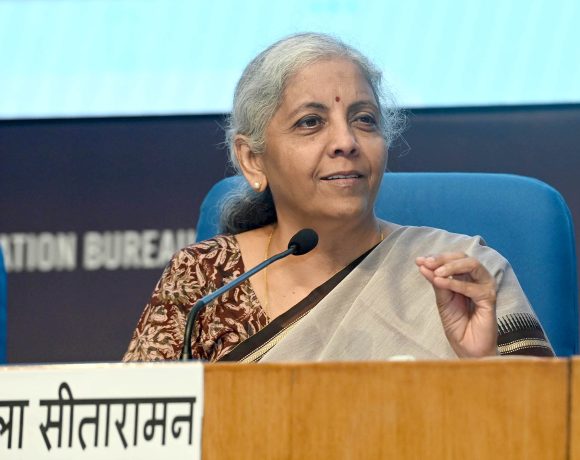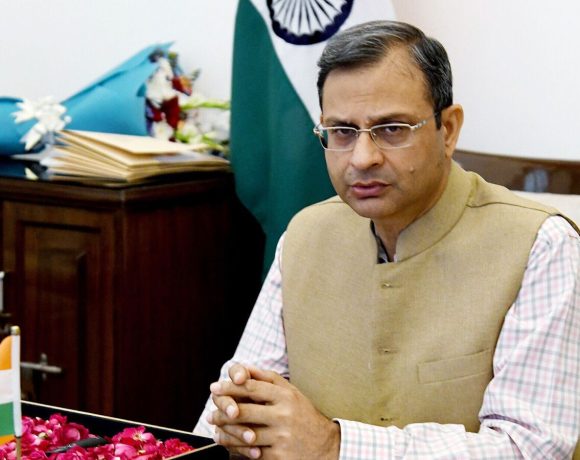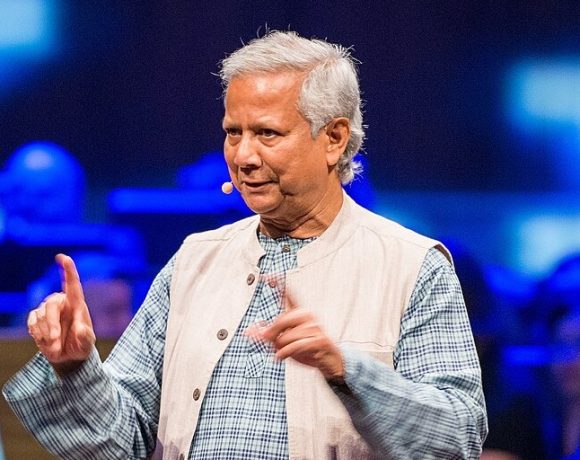
Direct Tax Code 2025: Simplified Tax Laws to Benefit Middle-Class Taxpayers
The Indian government is set to unveil the Direct Tax Code (DTC) 2025, a comprehensive reform of the country’s income tax laws, in the Union Budget on February 1, 2025. The new code will replace the Income Tax Act of 1961, aiming to simplify the taxation process, reduce compliance burdens, and align tax laws with modern economic realities.
Key Benefits for Middle-Class Taxpayers
Experts believe that the DTC 2025 will offer significant relief to middle-income earners, particularly those with annual incomes between ₹5 lakh and ₹15 lakh. According to Niyati Shah, Vertical Head – Personal Tax at 1 Finance, the reforms will “streamline the tax framework, reduce compliance burdens, and align tax laws with other regulations.”
The key provisions expected under the new tax code include:
- Simplified tax rates and filing processes: A unified and rationalized tax structure will make it easier for individuals to calculate and file taxes.
- Clarity in residential status: The new code will categorize taxpayers simply as “Resident” or “Non-resident,” eliminating multiple residential categories.
- Phasing out deductions: While deductions and exemptions are likely to be reduced, lower tax rates and streamlined compliance processes will offset these changes.
Modernizing Outdated Provisions
Akhil Chandna, Partner at Grant Thornton Bharat, highlighted the importance of upgrading provisions that have remained unchanged for years. For instance, the children’s education allowance exemption, currently fixed at ₹100 per month, is expected to be revised. Similarly, outdated allowances like hostel expenditure and meal cards need to be reconsidered.
Chandna also pointed out the burden of TDS/TCS compliance on middle-class taxpayers, stating, “Simplified compliance requirements would help reduce mistakes and ensure better adherence.” He emphasized the need to relook at deductions that have reached their sunset clauses, such as those on affordable housing and electric vehicle purchases.
Transition to a Unified Tax Regime
Both Shah and Chandna agree that the old tax regime will likely be phased out gradually. Shah noted that the current flexibility to choose between the old and new tax regimes will eventually be withdrawn. Government data shows that 72% of taxpayers have already opted for the New Tax Regime in FY 2023-24, signaling a shift toward the simplified system.
However, Chandna cautioned that the DTC might not result in lower tax rates immediately. “The government will ensure that tax revenues remain steady despite the simplification of the tax code,” he explained.
Simplifying Compliance for Transparency
The DTC 2025 is designed to make India’s tax system “simpler, fairer, and more transparent.” While the transition may limit some flexibility, the focus on streamlined compliance processes and lower tax rates is expected to deliver long-term benefits. Middle-class taxpayers, in particular, stand to gain from reduced ambiguity and easier tax filing, paving the way for a more efficient and equitable tax framework.


















